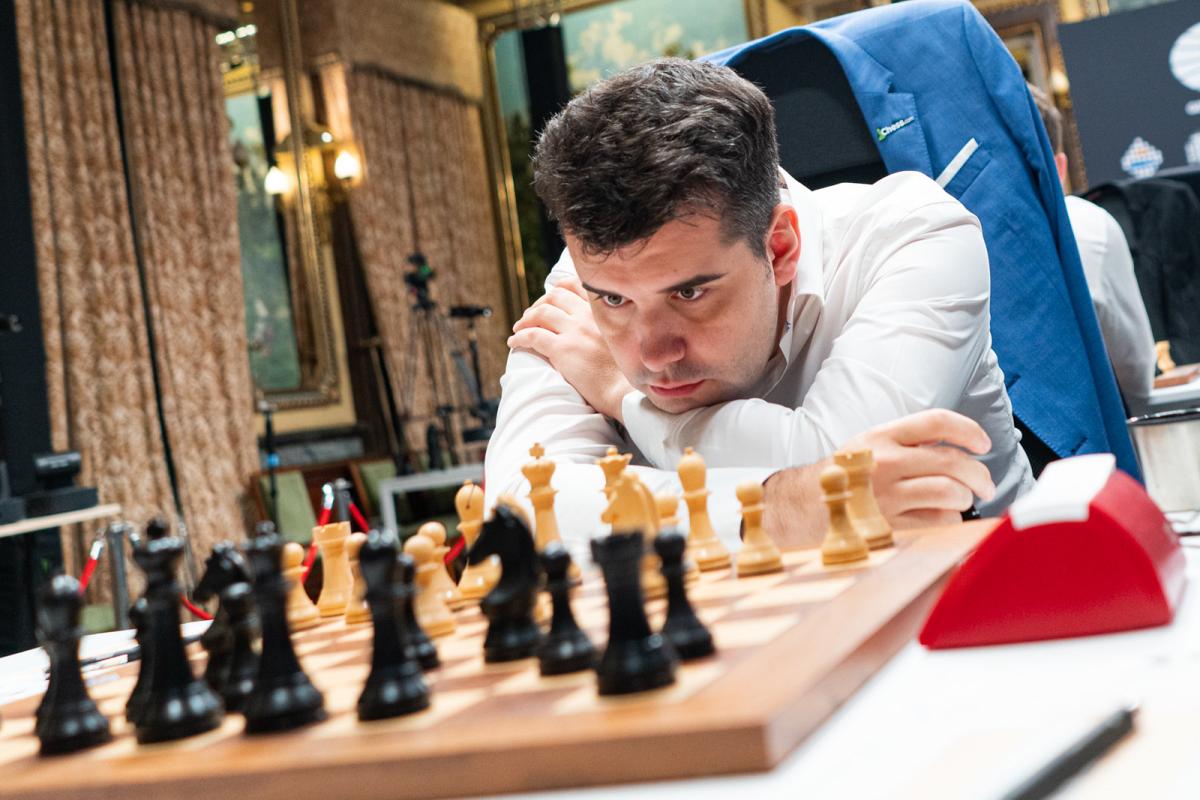The Arabian mate is a checkmate pattern where a knight and a rook team up to deliver mate to a king in the corner of the board. It is one of the oldest recorded checkmates in the history of chess, spotted in an Arabian manuscript that dates back to the eighth century.
The Arabian mate is one of the more common checkmates in the game. It features a rook right next to a king in the corner, which wouldn’t be able to deliver checkmate by itself. A knight serves as its protection and the way to cover the last remaining square where the king could escape.
Here’s what an example of Arabian mate looks like:

Much like Anderssen’s mate, the emergence of an Arabian mate pattern in a position suggests that the defeated side was already in dire straits anyway, so it’s not exactly something you can purposefully set out to avoid. The general principles of king safety are your best guide when it comes to avoiding an Arabian mate. Also, you know, don’t be down a rook and a knight unless you’re looking to deliver a checkmate yourself. That’s perhaps the best way to avoid falling on the wrong side of this pattern.












Published: Sep 30, 2022 04:03 am